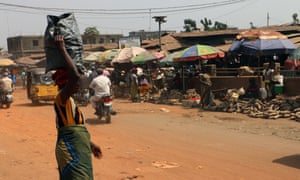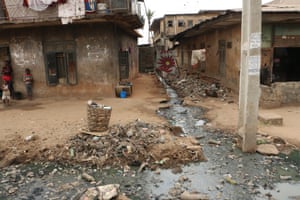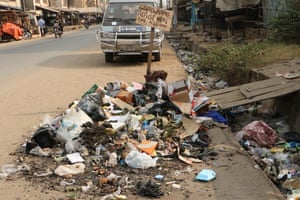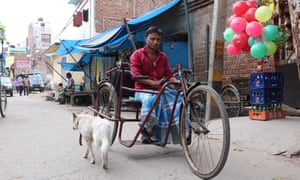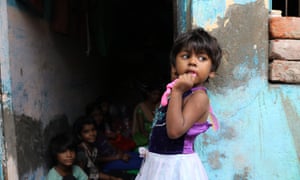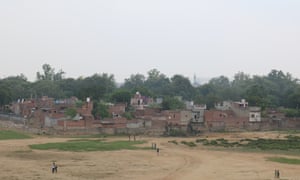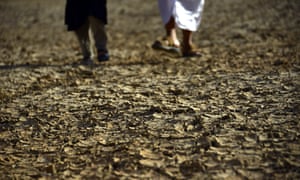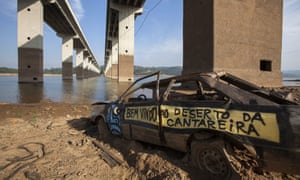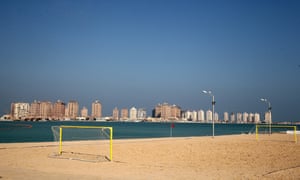Turning the corner into my mother-in-law’s street some years ago, it hit me. Michael’s car wasn’t there. Which meant Michael wasn’t there. And Michael wasn’t there because he was gone and none of us would ever see him again. We wouldn’t hear him laugh, we would never again be the butt of his jokes and none of us would share again in his generosity.
The moment of that dreadful realisation came back last week, reading Prince Harry’s comments about mental health and his battle with bereavement. Although our circumstances couldn’t be more different – my issues manifested themselves on a north Manchester council estate, rather than in a royal residence – the feelings of loss and subsequent pain will have been very similar.
We used to gather at Michael’s mam’s to watch United on television. It was always a happy family get-together, where brews and gags flowed, with the crowd noise from the television acting as a backing track to the pantomime taking over the living room. And Michael was always at the centre of it.
Parking that day, I had to stay in the car to stop myself from crying. For the previous month or so I hadn’t allowed any emotion in. I couldn’t. I had been concentrating on organising the funeral and getting legal advice on what would happen to his “assets”. I’d had to search his home for an eclectic array of items – from bank statements to a T-shirt my wife had bought him for a birthday.
I had flashbacks to when I entered his house in the days after his death. I’d drawn the short straw, as his closest friends were too upset to go back to the house after they had found him dead. Refusing to believe he was gone, his best friend had attempted to hold Michael, screaming at him to wake up. On the wall opposite, Michael had written in black marker pen: “I’M SORRY!”
My father-in-law accompanied me on that visit, as we stepped over hundreds of unopened letters littering Michael’s hallway. Stubbed-out cigarettes covered the floor. My father-in-law, a man’s man from a notoriously tough area of Manchester, sobbed on my shoulder and stammered: “Our Michael … Dear God …”
I wouldn’t allow my father-in-law upstairs as I had a rough idea of the scene that would greet me as I stepped on to the landing. The means for his suicide had not been cleared away and that message on the wall was jumping out like a neon sign.

Searching his belongings, I found evidence that his benefits had been sanctioned, due to him missing one appointment. The bastards had cut his every means of financial support because he had failed to attend one meeting. He hadn’t wanted to claim dole. He had worked most of his life, as a fitter, but he couldn’t stick being patronised by people who were less intelligent than him, so he gave up job after job.
His depression was a big part of this. But still he didn’t get help. However much we all tried to engage him, he shrugged us off. He only went to the doctor to discuss his problems when the dole office required proof he had a mental illness. They still wanted him to take unpaid work.
In the spare room, there was a pile of CVs aimed at charities to secure this “free labour” imposed by the benefits system. I found a certificate from the Open University. He had achieved a first-class honours degree in applied mathematics and he’d never told any of us. We knew he was doing a course, but he was bashful about it. In marking his work, his tutors were glowing in their predictions of a bright future that never came. In a drawer by his bed I found pictures of family, of past loves and happy times he had spent travelling the world.
He had no money left. Since the dole had cut him off, he was relying on a credit card to buy food. Too proud to ask for help, the alarm bells rang in the week before his death when he accepted a tenner from his mam. Previously he would never accept a pint from anyone, never mind money.
He told us he was depressed one Christmas after an uncharacteristic outburst. It was a shock as he was your typical Manchester “lad” in his mid-40s – tough, hard-working, streetwise and the life and soul of any social situation from parties to ordering a McDonald’s breakfast.
Despite our best efforts, we couldn’t help him. It haunts us daily. My wife and I had spoken during the week of his death about doing a Tesco shop for him, to make sure he was eating. Life got in the way.
Instead, I took the phone call that will forever crush me. Michael’s mam, my mother-in-law, rang our landline, which was a sign something was amiss, and tearfully delivered the news that Michael had taken his own life. While my wife was still half asleep, standing in our kitchen, her dad broke down as he told her the devastating news.
Conversely, I began to think practically. I needed to make all the arrangements to make it easier for the family. I didn’t grieve for one second.
This was all stored away in my head. I had never spoken about any of it, as his family and wide circle of friends were collectively distraught and I didn’t want to make it worse.
No stranger to bereavement – on the last count I had lost 12 close friends and family members by the age of 35 – I’d endured so much loss that I had become blasé about death. This was not healthy. At least this parked emotion was starting to reveal itself months later, even if I must have looked deranged, shaking and tearful in a car outside my mother-in-law’s.
At that point I made the decision to seek help. After braving a trip to the doctor, which in itself was an ordeal of self-loathing, I was put in touch with a service run by Greater Manchester Mental Health NHS foundation trust in Salford, where I lived.
There was a waiting list, one experience I doubt Harry shared with me, and the days dragged as I battled to keep myself together for the sake of my family. Although I was more accepting of mental health issues than Michael had been, like many men I had never been comfortable talking about anything even semi-serious regarding feelings and emotions.
My first session with a therapist was painful for both of us. She was lovely, reassuring and patient, but I believed I was ungrateful to feel depressed when I had a lovely family, a job, my own home and my physical health. I also thought death was part and parcel of life, so common had it been for me.
My therapist was clearly shocked by my dismissive outlook and she told me it was no wonder I was experiencing depression. It was the first time in my life that someone had told me that I had every right to feel bad. She told me there was a reason for it all and it wasn’t punishment for anything. Until that moment I thought I was weak, spoiled and selfish for feeling down, when so many other people in the world had nothing.
Those sessions and my therapist’s kindness fundamentally changed my life. After this treatment, I went on a Recovery Academy course, also run by GMMH, which allowed me to converse with other people with depression and feel humbled by their inspiring stories of survival.
I became open about my depression. I still take medication, but now I am happy to talk about it and that helps. I have even ended up working in mental health, as I wanted to help others and prevent other families going through what we had endured.
Before engaging in the help available through the NHS, I had been unable to write about Michael’s death. I tried so many times. I just couldn’t do it. But facing up to my need for help allowed my mind to become freer and I was finally able to put pen to paper, which has served a therapeutic role in itself.
Whenever I am at my mother-in-law’s now, I look up to the wall above the dining table, where she has a framed picture of Michael from our wedding day. I look up and I wink to him and thank him for the time we spent together.
We will always miss him, but his experience can act as an example of the importance of getting help. Our family’s resilience shows there is hope, if only we seek assistance. As Harry has proved, it doesn’t matter what your background or circumstances: mental illness can hit anyone.
In the UK, The Samaritans can be contacted on 116 123. In the US, the National Suicide Prevention Hotline is 1-800-273-8255. In Australia, the crisis support service Lifeline is on 13 11 14. Hotlines in other countries can be found here
We’re worlds apart, but like Harry I had to face up to depression


